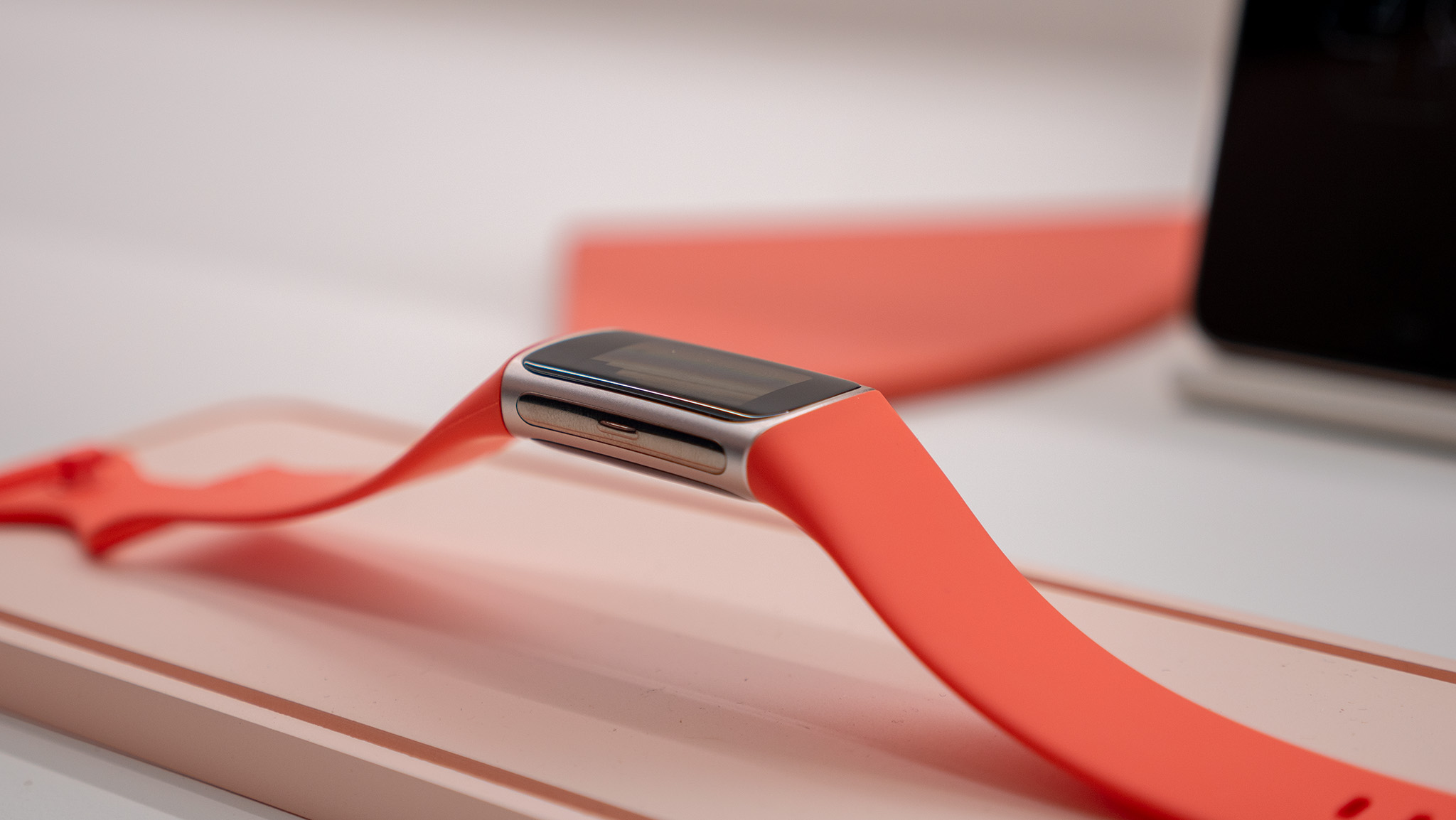Best GPS smartwatches and fitness trackers 2025
We have rounded up the best GPS watches with all-systems or dual-frequency satellite data and fitness trackers with built-in GPS.
Built-in GPS has become a standard feature in today's smartwatches, but that doesn't guarantee pinpoint accuracy. Dense trees, tall buildings, and other obstacles can easily throw off a watch's GPS signal, leading to frustratingly inaccurate tracking. For those who take their workouts seriously, a more advanced solution than standard GPS is essential.
That's where the best smartwatches come in. The top models support multi-system GNSS or multi-band GPS, simultaneously pulling data from various satellite systems. Some offer All-systems GNSS, which combines signals from different constellations so that if one gets blocked, another can compensate. For the highest precision, dual-frequency GPS taps into both the older L1 satellites and the newer L5 satellites, which use protected aeronautic frequencies and faster error correction.
We've tested all the picks listed below and can confidently say they're not just smartwatches with "enhanced accuracy" on paper. Below, you'll find the best GPS smartwatches with outstanding real-world performance and a few rare fitness trackers offering reliable built-in GPS.
These are the best GPS smartwatches for location accuracy and mapping
Why you can trust Android Central
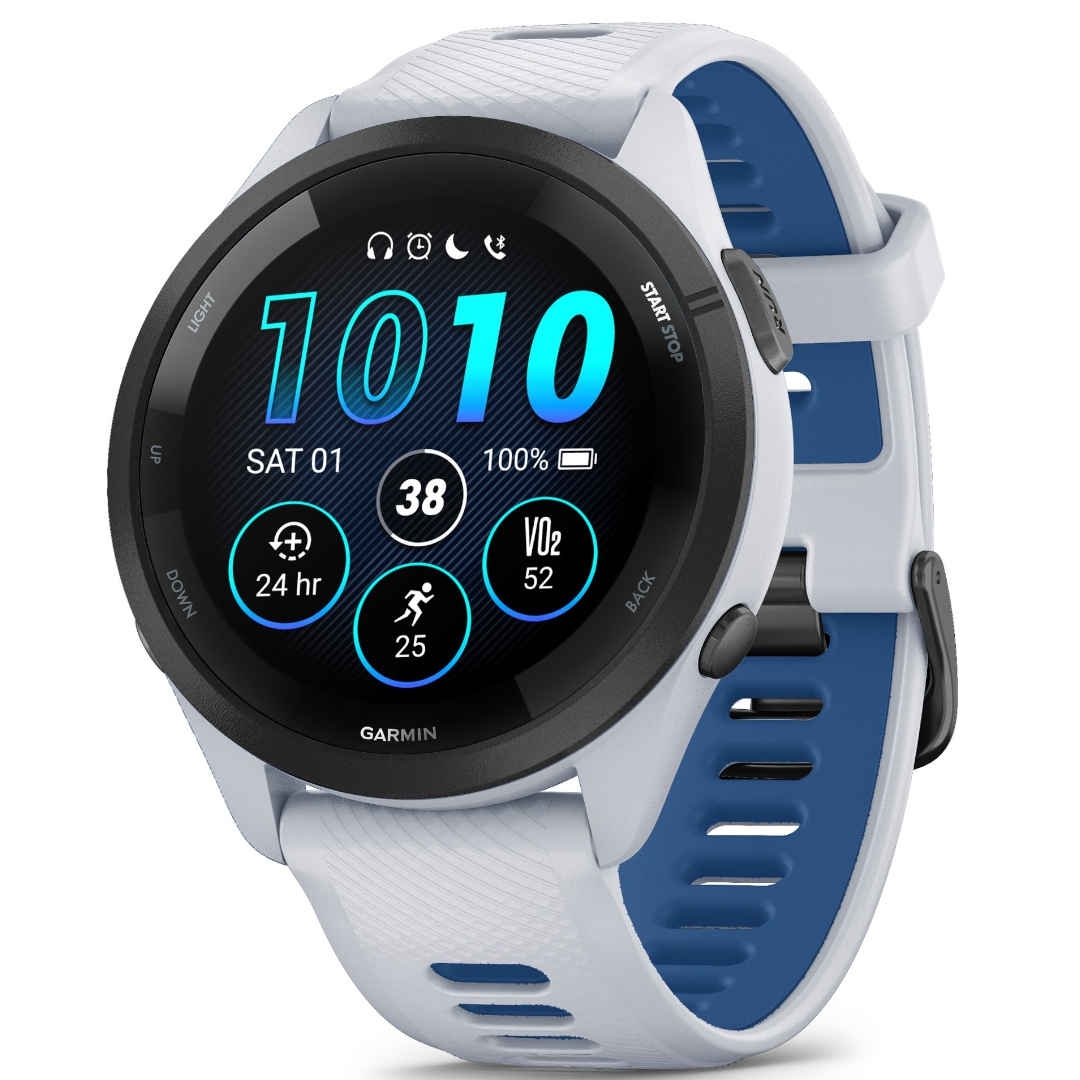
The most accurate GPS smartwatch
Aside from being our top pick for the best running watches, the Forerunner 265 supports All-Systems GNSS and dual-frequency GPS. Our reviewer found its post-workout maps enormously accurate in areas where foliage and buildings thwart GPS-only watches. You can use it for 16 hours in SatIQ mode, switching to dual-frequency when there is a weak signal, but it otherwise uses battery-saving GPS.
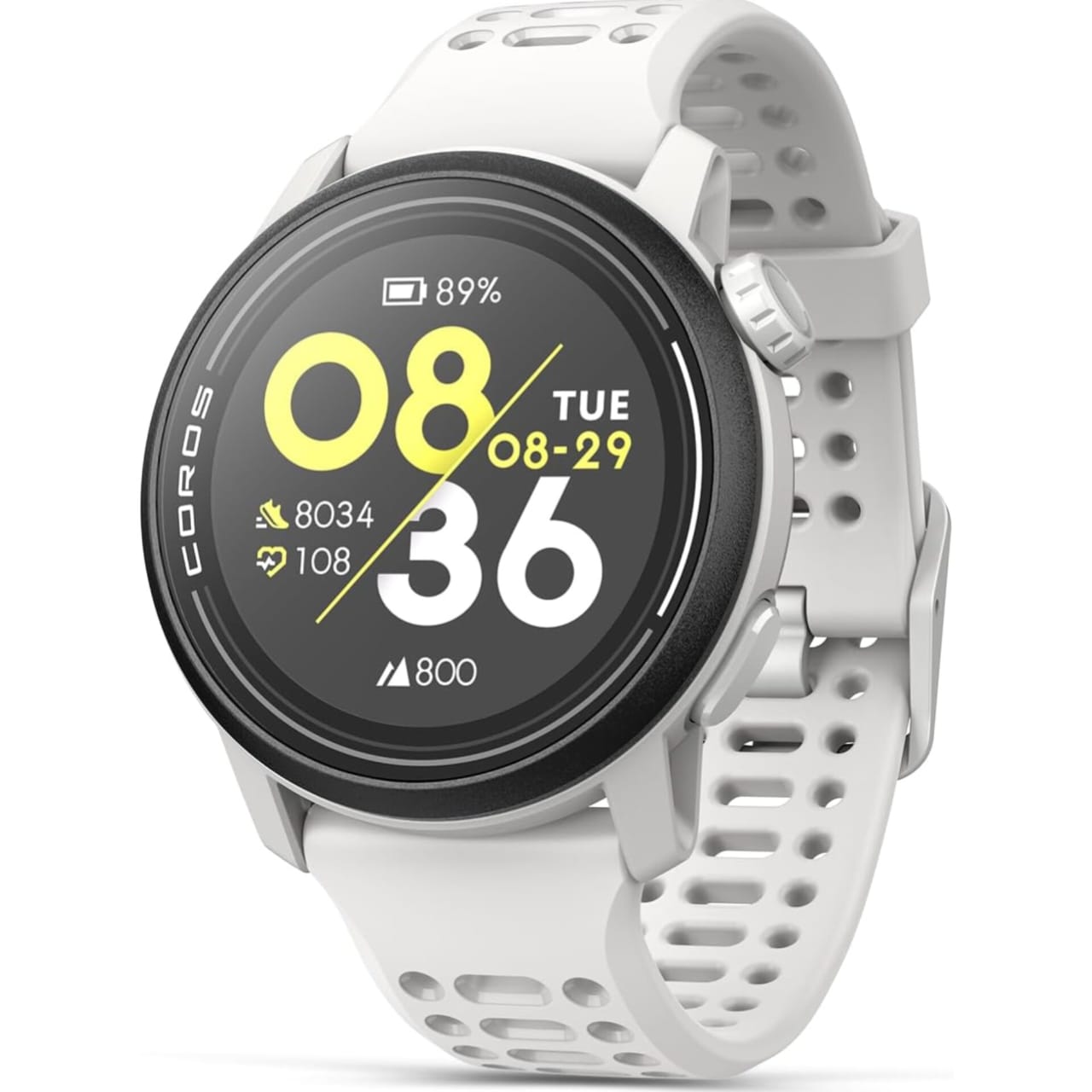
Most affordable dual-frequency
The COROS PACE 3 costs a mere $230. It delivers a full day more battery life than the Forerunner 965 and provides 15 hours of dual-frequency GPS or 25 hours in "all-systems" mode, which taps into five GNSS networks simultaneously (whereas most watches connect to just two). It's an outstanding value, and although its GPS accuracy didn't quite match the Garmin Forefrunner series during testing, it remains significantly more accurate than most competing brands.
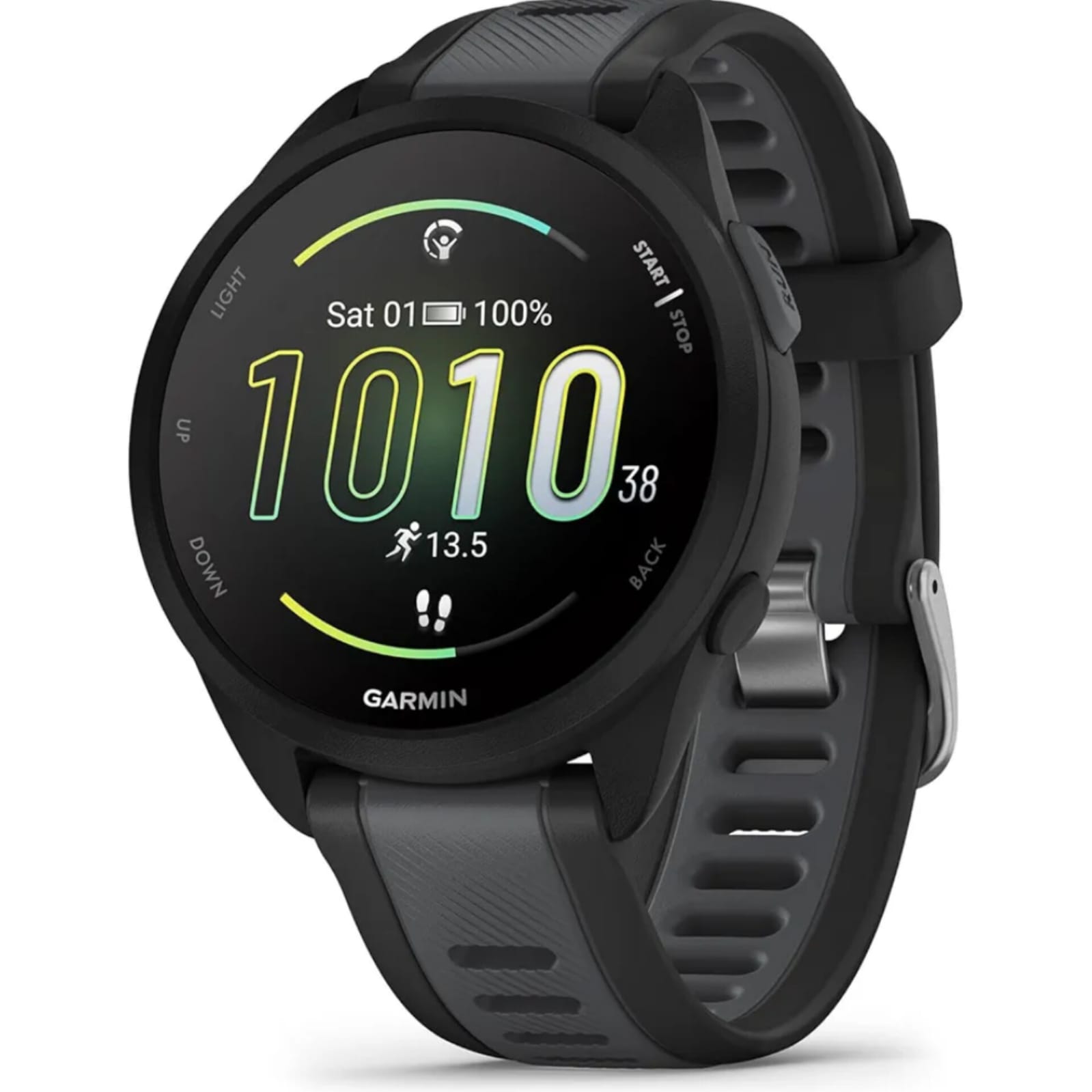
Best affordable accuracy
Even though the COROS PACE 3 wins on paper, the Garmin Forerunner 165, which only offers 17 hours of all-systems GNSS mode and comes without features such as training load, beats the PACE 3 in a GPS accuracy test for both a traditional run and a track run. It's slightly less accurate than the 265, but the Forerunner 165 costs $200 less and is precise enough that everyday runners should be pleased with the results.
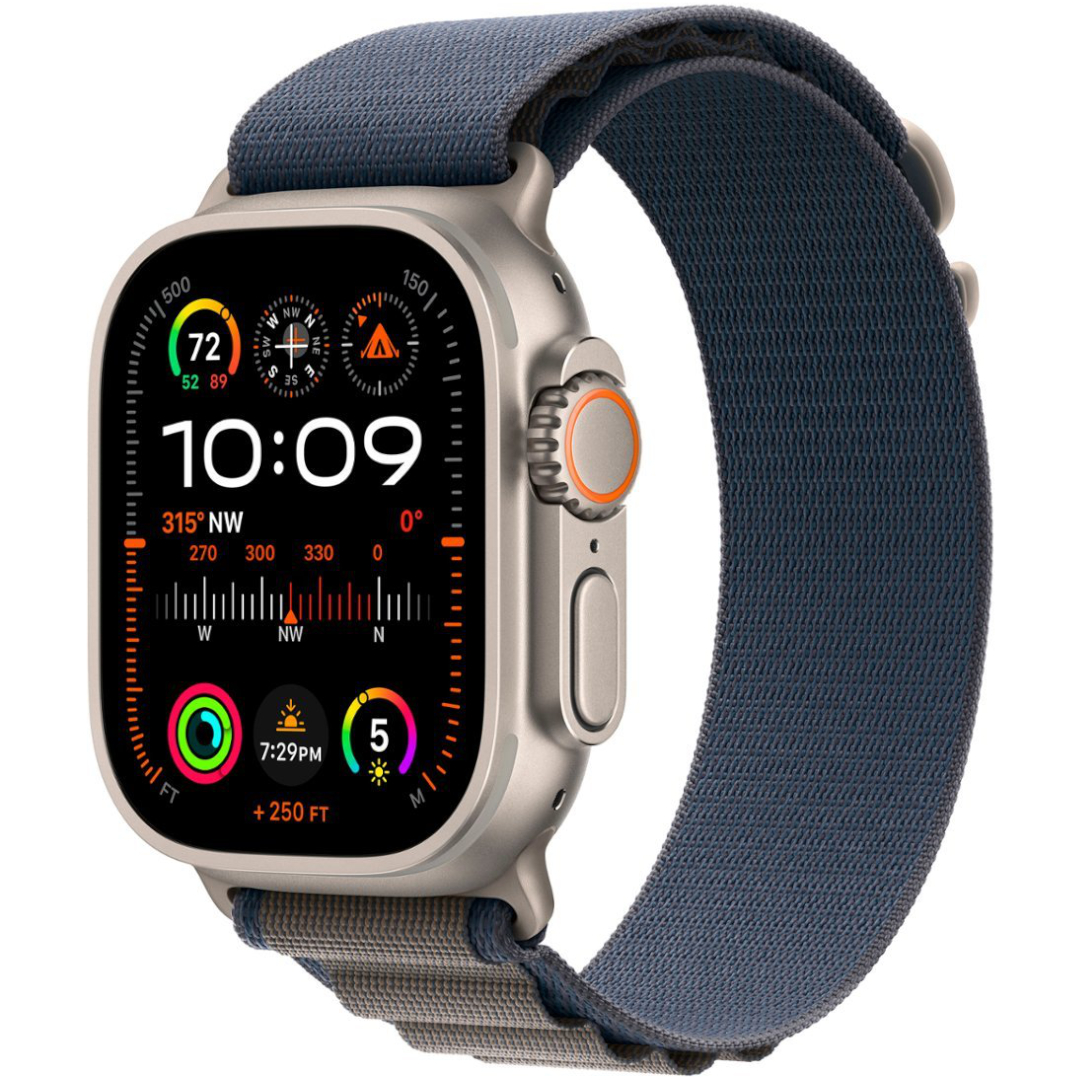
Hardcore fitness for iPhones
You'll rarely find dual-frequency GPS on a traditional smartwatch. The Apple Watch Ultra 2 delivers 12 hours of dual-frequency tracking, automatically refined using Apple Maps data and a nationwide track database. In our accuracy tests, it performed exceptionally well. While its 36-hour battery life may be underwhelming, the ultra-bright squircle display and robust app selection help make up for it.

Same tech, better battery, and maps
The Garmin Forerunner 965 has the same perks as the 265 for a slightly higher price, but lasts 19 hours in dual-frequency GPS mode and an extra 10 days in smartwatch mode. Unlike the Forerunner 265, it also comes with pre-downloaded topographical maps, so you can hike and look ahead to trailheads instead of downloading GPX files. Our Forerunner 965 vs. 265 guide runs through the other essential differences.
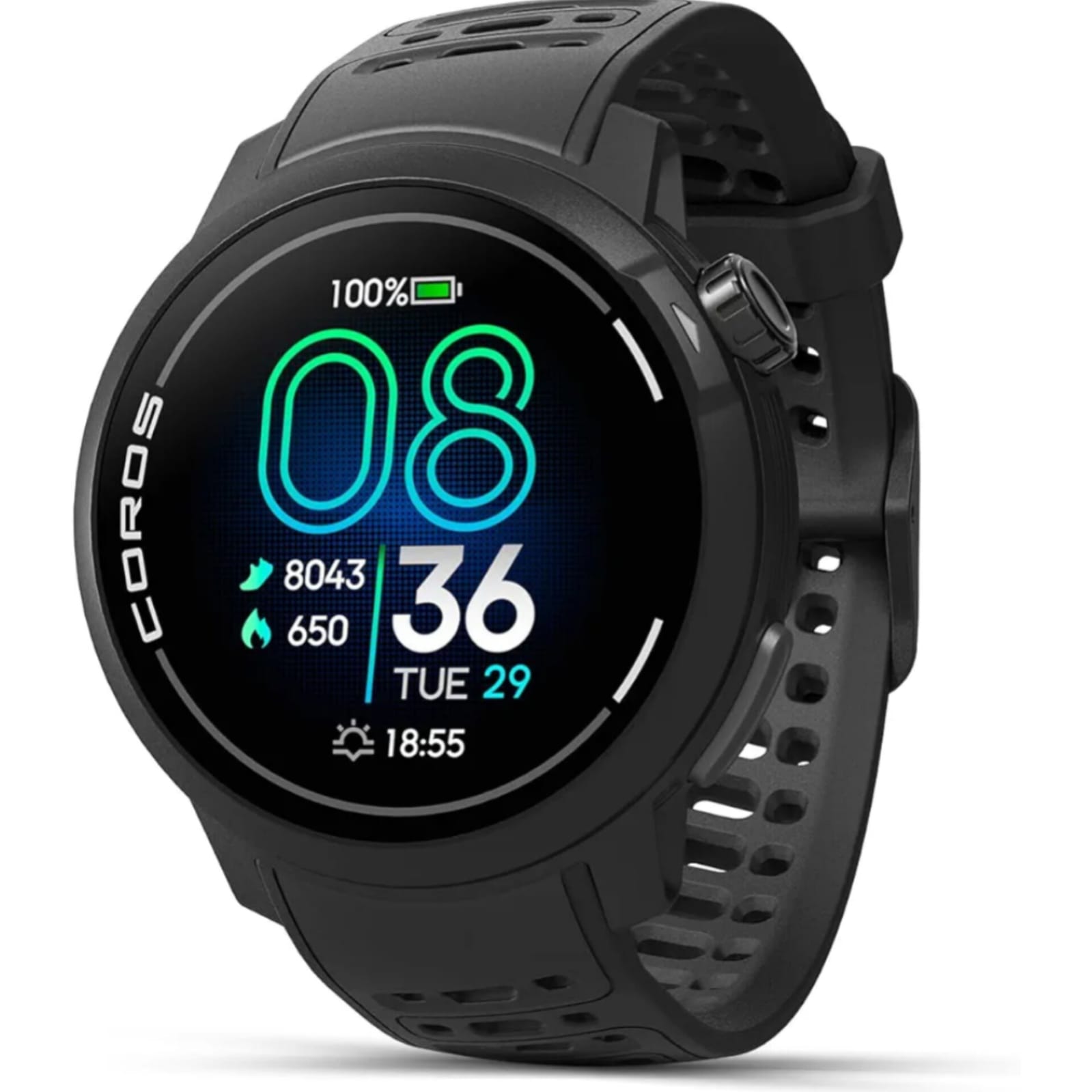
Runner-up for best GPS accuracy
The COROS PACE Pro is a great option for the price. It's 1.3-inch AMOLED display produces amazing colors, has an impressive 1,500-nit brightness, and has a dual-frequency GPS. Thanks to landscape and topographical maps in the COROS app, you can also create custom routes. The PACE Pro wins in accuracy over options such as the Amazfit, which wasn't very accurate.
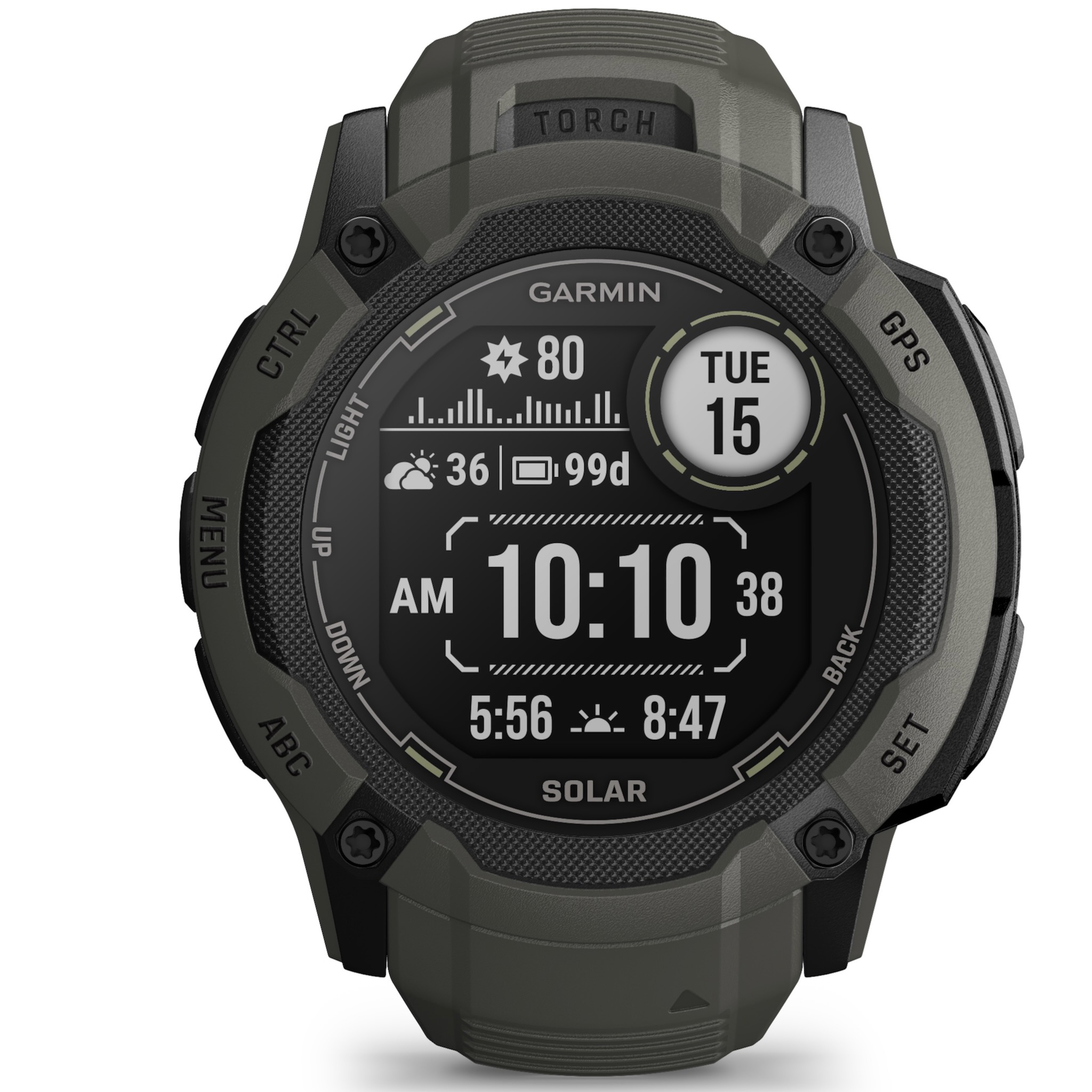
Best watch for GPS and battery life
Dual-frequency GPS demands a lot of power, so most AMOLED smartwatches can't support it for long periods without quickly draining the battery. The Garmin Instinct 2X Solar takes a different approach. Thanks to its extra-large battery, energy-efficient display, and built-in solar charging, it can maintain multi-band GPS tracking for up to 36 hours. When it's not tracking your workouts, it can even run indefinitely in low-power modes, provided you get enough sunlight and use the built-in Flashlight sparingly.

Best Android watch for GPS accuracy
The Samsung Galaxy Watch 7 is the best Wear OS watch, beating rivals like the Pixel Watch 3. You can't help but admire its 1.3-inch Super AMOLED display with a resolution of 432 x 432. Its dual-band GPS has an exciting upgrade, triangulating your position using various satellites to evade obstacles such as mountains, foliage, and buildings. Samsung also adds 32GB of storage, Energy Score, and AI-powered suggested replies.
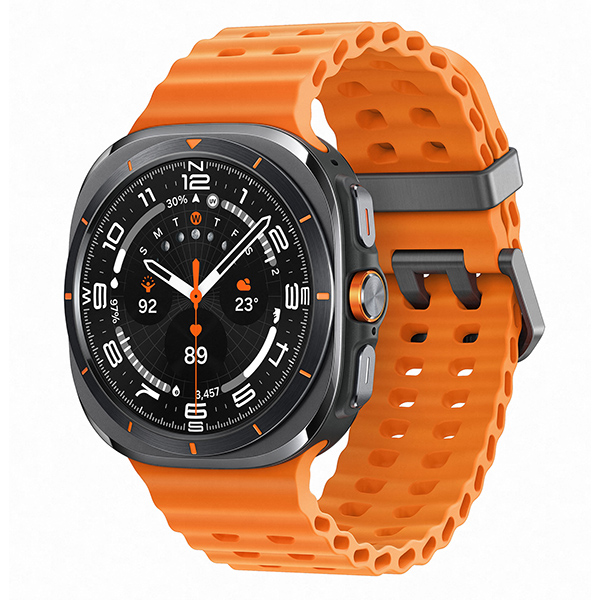
Your Android "pro" option
We've mostly emphasized fitness watches over traditional Android watches on this list. The Galaxy Watch Ultra supports dual-band GPS, and its accuracy is at the level of a Garmin watch. The Galaxy smartwatch exceeds Samsung's claimed battery life, running for over 60 hours on a single charge. It also offers offline GPS map downloads, ensuring reliable navigation even without a data connection or access to Google Maps.
Want a fitness tracker with built-in GPS? Try one of these!
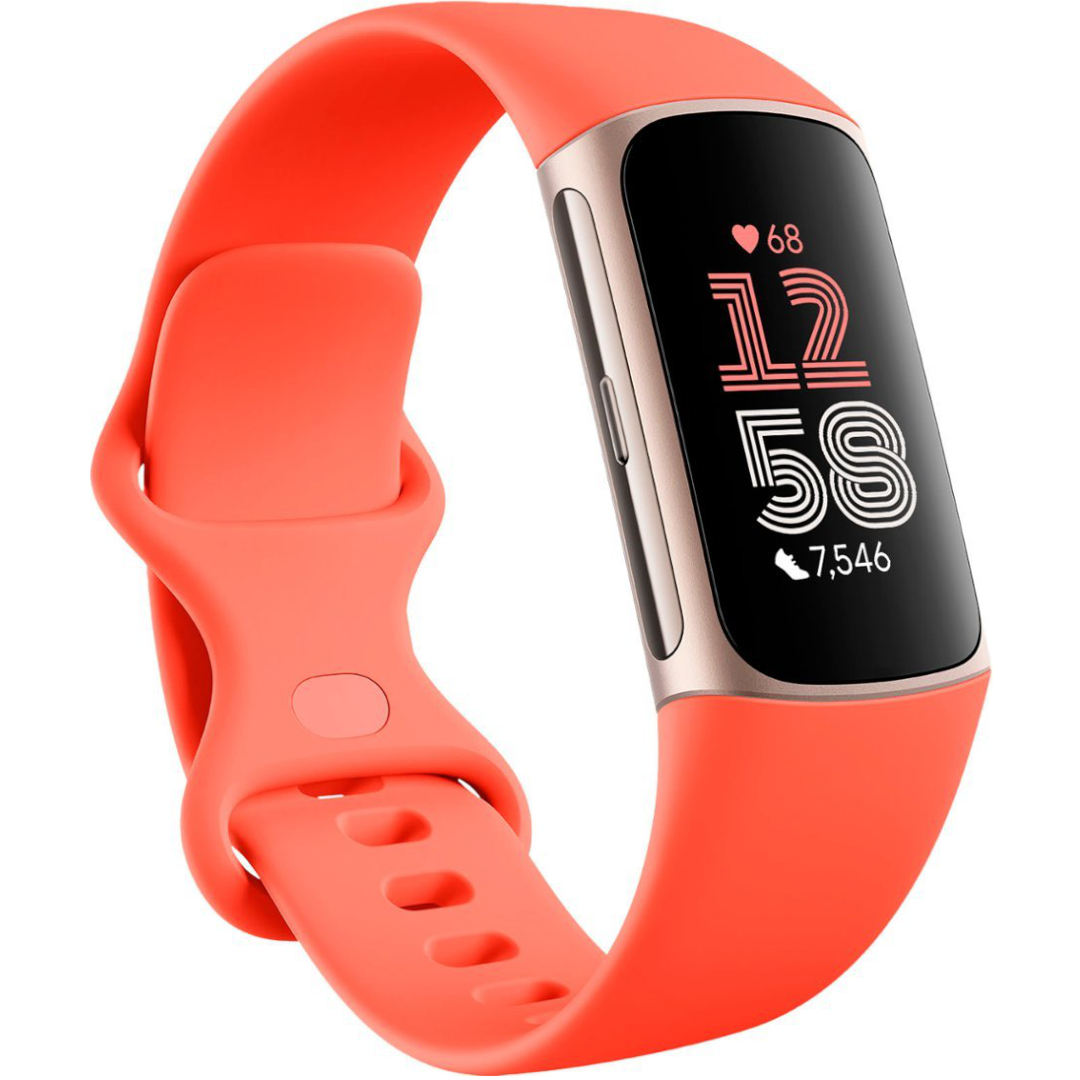
Our favorite fitness tracker
One of the rare fitness trackers with built-in GPS, the Fitbit Charge 6 is about as accurate as your typical GPS-only device. It relies on your smartphone tracking data to correct it in "Dynamic GPS" mode. However, the absence of an altimeter for elevation tracking and some reported antenna issues make it less ideal for runners. Still, it is affordable and does exceptionally well in other areas, like heart rate data.
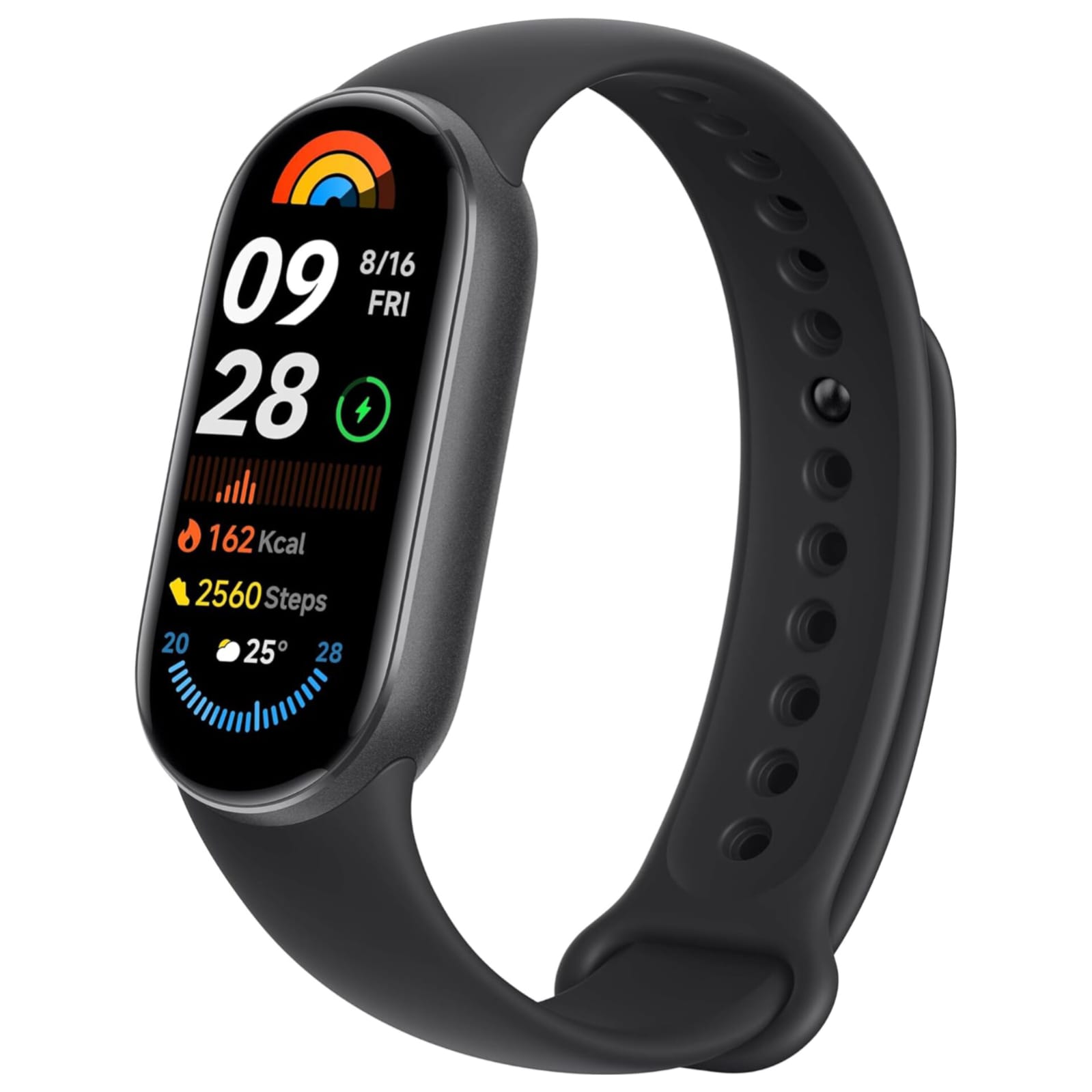
Basically a mini-smartwatch
We're including this on our list of fitness trackers with high-precision sensors to precisely monitor your workouts and overall health. The Xiaomi Smart Band 9 has sensors to monitor continuous blood oxygen saturation, heart rate, breathing training, and female health management. Xiaomi added over 150 sports modes, such as recovery time, training results, etc.
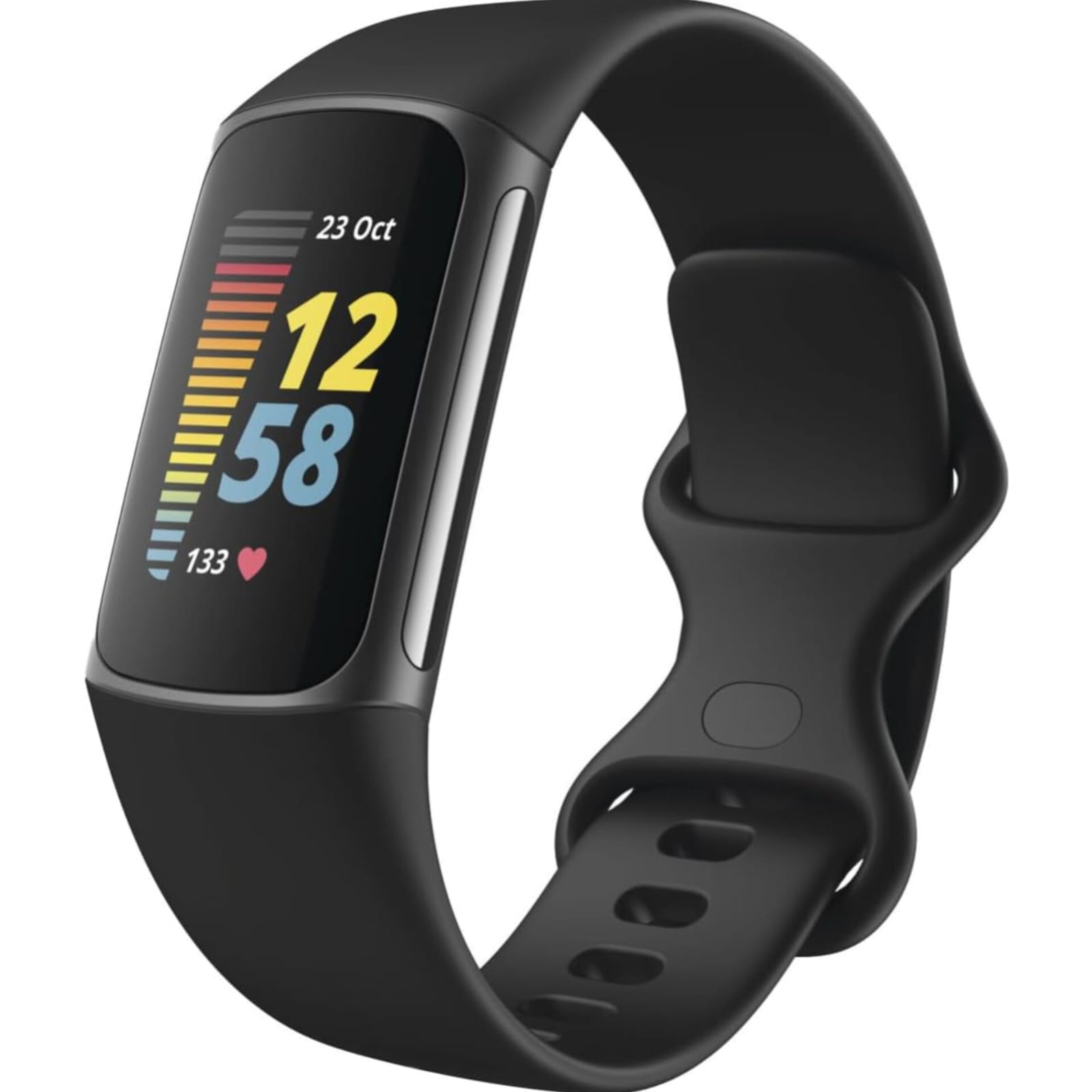
Last-gen favorite
The Fitbit Charge 6 has replaced the older Charge 5, so we no longer recommend it. Still, a refurbished Charge 5 can be a good steal since it shares the same design and core features, including built-in GPS. It's spot on this list, underscoring how rare built-in GPS is in smaller fitness bands.
Deciding how much GPS accuracy you actually need
We've described all the distinct watches with All-Systems GNSS or dual-frequency/ multi-band GPS, but do you need those? Or is simple GPS data all you need? Well, it depends on where you typically work out.
All-Systems mode uses two or more satellite systems at once. Still, this benefit depends on how well alternative systems like GLONASS, GALILEO, BeiDou, or QDZZ perform in your area. Garmin says multiple GNSSs help with "increased performance in challenging environments and faster position acquisition than using GPS only," while COROS recommends it for these areas: "city near tall buildings, neighborhoods with significant tree canopies or mountainous/hilly terrain." This is a helpful perk, but you're still liable to deal with reflecting location signals.
Dual-frequency mode delivers the highest level of precision by tracking both L1 and L5 satellite signals. For example, if a tall building blocks one frequency, the other maintains your location data, providing consistent and accurate tracking even in challenging environments. Garmin says this delivers "more consistent track logs, improved positioning, improved multi-path errors, and fewer atmospheric errors." COROS recommends it for "rock/ice climbing sheer rock faces in narrow canyons, hiking deep within forests, between mountain peaks, or near sheer cliff drop-offs such as the Grand Canyon."
You may not always find the need for a dual-frequency watch unless you regularly face harsh conditions, but it's a great feature to have. It typically delivers more precise tracking, even in flat or open areas. Remember that this mode uses more battery power, so getting a GPS smartwatch with enough battery life to support it for your typical activities is essential.
As for trackers, most of our favorite fitness trackers rely on connected GPS, meaning you need your phone nearby to track your workouts. Most phones have pretty precise location data on par with what you'd get with a GPS-only smartwatch, so a fitness tracker or watch with built-in GPS lets you run without a phone but doesn't necessarily give you a vast precision boost. Only with All-Systems or dual-frequency will you get the best possible performance, which means choosing a bulky fitness watch over a tracker.
Get the latest news from Android Central, your trusted companion in the world of Android

Michael is Android Central's resident expert on wearables and fitness. Before joining Android Central, he freelanced for years at Techradar, Wareable, Windows Central, and Digital Trends. Channeling his love of running, he established himself as an expert on fitness watches, testing and reviewing models from Garmin, Fitbit, Samsung, Apple, COROS, Polar, Amazfit, Suunto, and more.
- Judy Sanhz
- Roydon CerejoContributor
